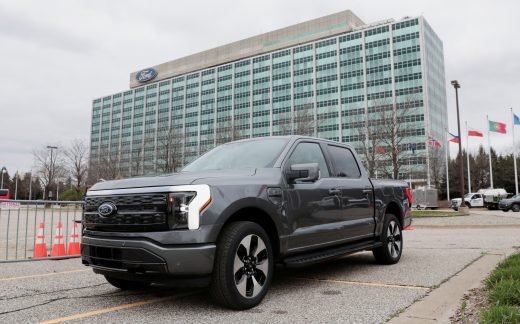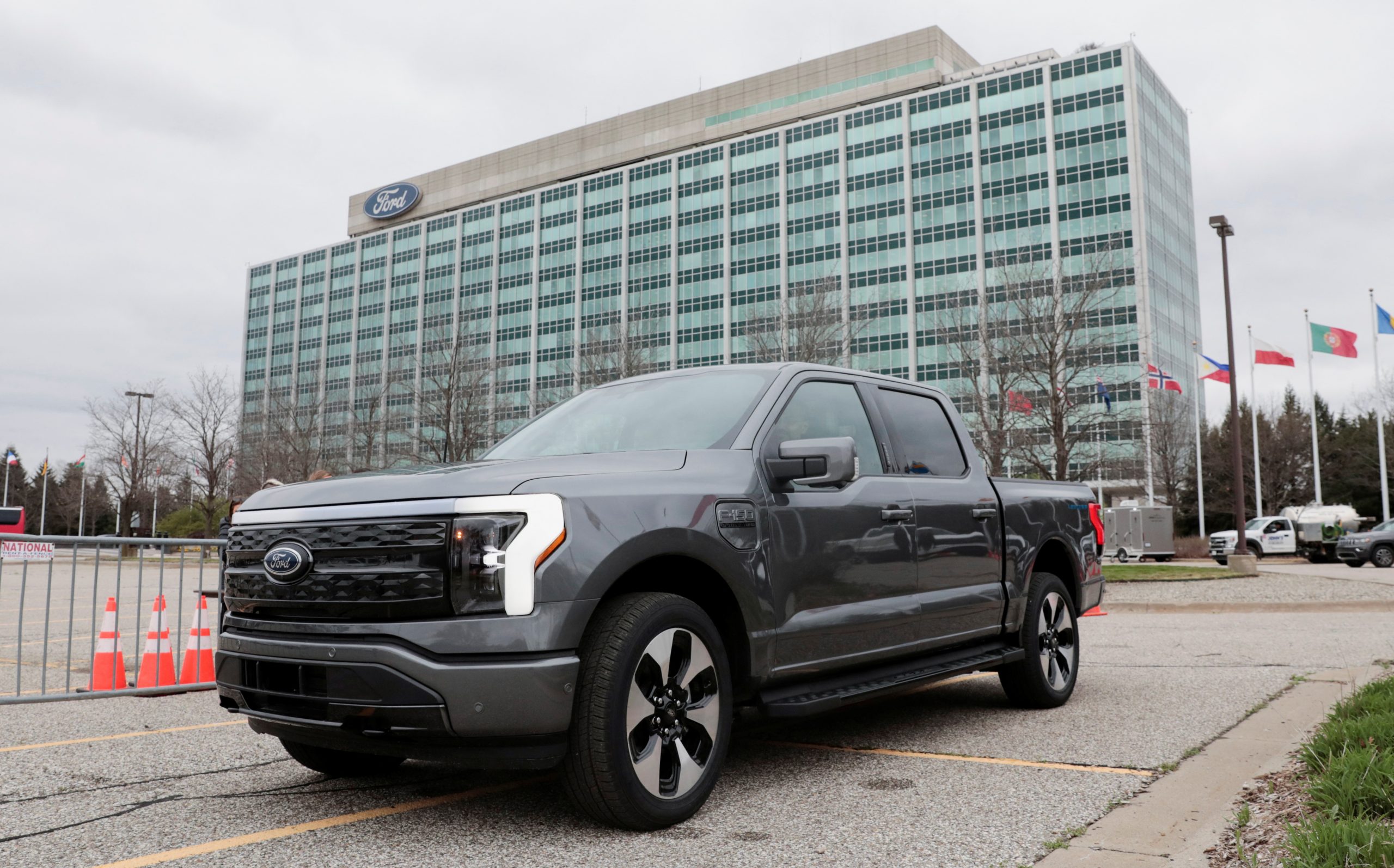The EV revolution became an eventuality in 2022
The electric revolution is no longer limited to daily drivers and eco-commuters. Luxury brands such as Audi, BMW, Mercedes and Porsche have already begun augmenting their lineups with EV variants, while hypercar makers like Lamborghini and Ferrari expect their first electrics to arrive in the next few years. On Tuesday, British automaker Lotus announced that it too has an EV, the 600HP Eletre, with deliveries beginning next year in China, Europe and the UK.
Developed under the codename Type 132, the Eletre “takes the heart and soul of the latest Lotus sports car – the Emira – and the revolutionary aero performance of the all-electric Evija hypercar, and reinterprets them as a Hyper-SUV,” according to the company’s press release. It also accomplishes a number of firsts, the release continued: “first five-door production car, the first model outside sports car segments, the first lifestyle EV, the most ‘connected’ Lotus ever.”
The Eletre was developed atop Lotus’ 800V Electric Premium Architecture (EPA) platform. That voltage puts it on par with the Audi e-Tron and Hyundai Ioniq 5, meaning that on a 350 kW DC fast charger, drivers will be able to add around 248 miles of range in a 20 minute charge, according to the company. Lotus hasn’t specified how big the battery will be beyond that it “has a battery capacity that’s over 100 kWh” but the company is estimating a total range of 373 miles, equivalent to that of the Tesla Model X Long Range Plus. Its dual front and rear motors will reportedly output 600 horsepower producing a top speed of 161 MPH and a sub-3 second 0-60.
Ben Payne led development of the Eletre’s exterior design, which features “porous” aerodynamics, a low stance atop the platform’s long wheelbase with short overhangs at either end. “The Eletre is a progressive all-electric performance vehicle embodying emotion, intelligence and prestige and, as the first of the brand’s lifestyle cars, it sets the standard for what will follow,” he said. “We have taken the iconic design language of the Lotus sports car and successfully evolved it into an elegant and exotic Hyper-SUV.”
The interior will offer either the traditional two-buckets-and-a-bench layout or an optional four individual seats, front and rear, beneath a fixed panoramic sunroof. The material choices for the cabin reflect Lotus’ net-zero goals, with “durable man-made microfibres on the primary touchpoints, and an advanced wool-blend fabric on the seats,” while the hard parts are constructed from little bits of carbon fiber recycled from the edge of weaves rather than being made specially.
The infotainment system is a whole production. “Below the instrument panel a blade of light runs across the cabin, sitting in a ribbed channel that widens at each end to create the air vents,” Tuesday’s announcement read. This light blade serves as part of the vehicle’s HMI and changes color to alert occupants of important events like incoming calls.
Below that is a 30mm tall “ribbon of technology.” On the driverside, that ribbon serves as the instrument cluster, displaying vehicle and trip information, which can also be displayed via the AR system, which comes standard. On the passenger side, a second ribbon shows relevant contextual information like the nearby points of interest or the current music selection which plays through a KEF Premium 1,380-watt 15-speaker surround sound set-up with Uni-QTM.
Between these two ribbons sits a 15.1-inch OLED touchscreen infotainment system that folds away when not in use. While most of the cabin controls are digital and can be used either through the touchscreen or voice interfaces, Lotus deemed some functions vital enough to warrant being mirrored to physical knobs and switches so drivers won’t have to dig through submenus to turn on the windshield wipers. Even those digital controls, Lotus boasts that “with three touches of the main screen users can access 95 percent of the car’s functionality.”
The Eletre is also the first vehicle on the market with a deployable LIDAR array. Used to supplement the driver assist system the unit pops up from the top of the windscreen, top of the rear glass and the front wheel arches — like the headlights from a 1990 MX-5 — when in use and then retracts when finished to maintain aerodynamics.
“ADAS technologies such as LIDAR sensors and cameras will become increasingly common on new cars as we move into a more autonomous era, and to have the world’s first deployable LIDAR system on the Eletre is a signal of the technology vision we have for Lotus,” said Maximilian Szwaj, Vice President of Lotus Technology and Managing Director, LTIC. “This car has tech for today, and also for tomorrow, as it’s been developed to accept OTA updates as standard.”
Manufacturing begins later this year at Lotus’ new production plant in Wuhan, China with deliveries beginning in 2023. The model will be available first in China, Europe and the UK. The company hasn’t disclosed pricing details yet.
(26)




